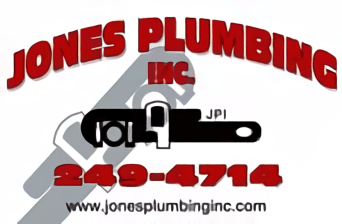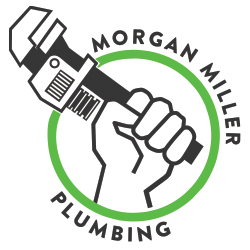When it comes to managing your home’s plumbing, it pays to be prepared. From a clogged sink to an overflowing toilet, plumbing can cause serious problems. Unfortunately, most homeowners are never properly educated about how to tackle common plumbing issues. This article provides an overview of plumbing visit the website for more information plumbing problems.

Plumbing is the process by which liquids and gases are transported from one location to another through a series of pipes, tanks, valves and pumps. As technology has advanced, so too have the materials used in modern plumbing systems. Today, plumbing systems are typically composed of galvanized metal, copper tubing, plastic and PVC piping.
The Basics of Plumbing Systems
A basic plumbing system consists of three components: pipes, tanks and fixtures. Pipes transport water or gas from one place to another. Tanks are containers that store large amounts of liquid and allow them to be distributed to various rooms of the house. Fixtures are devices in a building that are connected to the plumbing system and are used for activities such as cooking, washing, bathing and flushing the toilet. Each of these components must be installed and maintained correctly to ensure optimal performance.
Common Plumbing Problems
The most common plumbing problem is a clogged drain. Clogs occur when waste or debris builds up in the pipes and prevents water from flowing freely. To fix this issue, you may need to use a “snake,” a long flexible tool designed to break up clogs. Alternatively, you can use a plunger to clear out more stubborn obstructions. Leaky faucets are also a fairly common problem; fortunately, they can usually be fixed with a simple gasket replacement. It is important to note that while some plumbing problems can be solved with DIY solutions, others require the assistance of a professional plumber.
Preventing Plumbing Issues
The best way to avoid plumbing problems is to practice proper maintenance. Regularly inspect your pipes and fixtures for signs of corrosion or damage. Additionally, install strainers in drains to catch hair and food particles which can lead to clogs. Finally, investigate any water stains on ceilings, walls or floors, as this could be an indication of a major plumbing issue.
Finding a Professional Plumber
If you are unable to solve a plumbing issue by yourself, you should contact a professional plumber. Start by asking for referrals from friends, family or neighbors. When searching online, check that the plumbers you are considering are licensed and insured. You should also look at customer reviews to get a better understanding of the services offered. Once you find a plumber, request a written estimate and contract before the start of work.
Conclusion
Proper plumbing is essential for a functioning home. If you are having trouble with your plumbing, then turn to the professionals for help. Be sure to do your research before choosing the right plumber for your needs. Visit the website for more information about plumbing and how to find a reliable professional.

